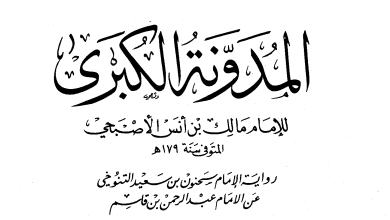Who authored Usul al-Shashi?
The following article is with regard to the authorship of a famous work known as Usul al-Shashi that is studied in many of the Darul Ulum’s in the Indian subcontinent that follow the Dars-e-Nizami syllabus. It was written by the Turkish academic, Dr. Mustafa Bedir, who mentioned as part of his investigation the following:
A well-known usul compendium, popular especially in South Asian madrasahs, is entitled Usul al-Shashi. It has been recently published twice under the names of two different fourth century Hanafi jurists, one being Abu ‘Ali Ahmad b. Muhammad al-Shashi (d. 344/955), a disciple of the famous Abu -Hasan al Karkhi and the other, Abu Ya’qub Ishaq b. Ibrahim al-Shashi (d. 325/936). The more older editions of this compendium published in South Asia, either do not provide any clue about its author, or sometimes name a certain Nizam al-Din al-Shashi or sometimes Abu Ya’qub al-Shashi as the author. Brockelmann, under the title of Abu Ya’qub al-Shashi, notes that there is an usul manuscript ascribed to him in the libraries of Egypt, Petersburg and Rampur. Before Brockelmann, Goldziher had expressed doubt about the date of death of this Shashi, assuming that the ascription of this work to him might be correct. This was assumed on the basis of the fact that the text of Usul al Shashi contains a reference to a fifth century Shafi’i jurist Ibn al-Sabbagh (d. 477/1084). The work also contains two quotations from Abu Zayd al Dabusi, whose work of usul also forms part of this study. Brockelmann, however, shifts the doubt from the author to the text, thereby arguing that this text should belong to someone else. He proposed two alternative names to which, in his view, this compendium belongs; the first jurist is Badr al-Din al Shashi al-Shirwani who was active around 752/1351 or 852/1448, in whose name is the text is registered in the Peshawar Fihrist. The other name, which is probably correct, is Nizam al-Din al-Shashi (a 7th/13th century scholar), whose name is found in the Bankipore catalogue.
To read the full article click – here
Read online:






